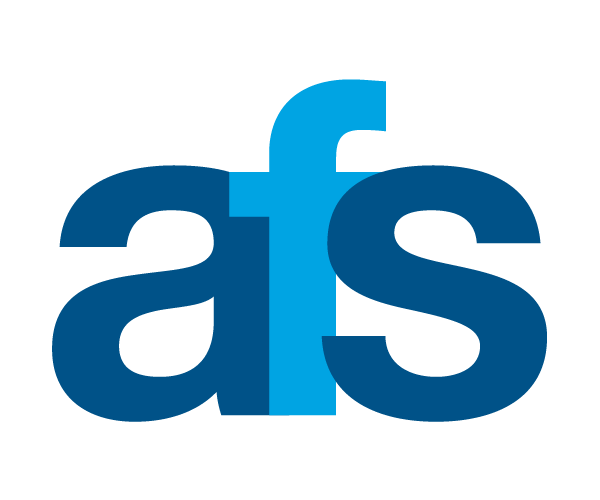How consumer expect frictionless payments by Dr Mark Goldspink, CEO of The ai Corporation
In 2000 I jumped from an oil company into a company that did billing on the internet, for which many of my friends said I was mad. They were probably right, but to be writing an article eighteen years later, including the facts that, in 2017 in Europe, 268m (47m UK 93% Population) customers shopped online and it is estimated that they spent EUR 198 billion online in the past year, an increase of EUR 17 bns on the previous year” is staggering. On average in Europe, individual consumers are spending £650/year. So I did get it right regarding the impact the technology would have, it was just my timing that was incorrect.
Just to add weight to the proof that the digital revolution is evolving quickly, the recently published World Payments Report 2018 (created by Capgemini and BNP Paribas) reported that:
1. Global non-cash transaction volumes grew at 10.1% in 2016 to reach 482.6 billion and there was a major increase in the adoption of mobile payments.
2. Non-cash transactions are estimated to accelerate at CAGR of 12.7% globally.
3. Global electronic wallet (e-wallet) transaction volumes are estimated to be about 41.8 billion in 2016, comprising almost 8.6% of all non-cash transactions.
Despite huge recent advances in digital and electronic payments, cash use remains prevalent worldwide. This presents various challenges for merchants. It is easy to steal, with reports of up to $40 billion lost annually through theft in the U.S. alone. There are also significant costs associated with its handling and processing. A report on U.S. merchants suggests the cost of cash can range from 4.7% to over 15%. For high-volume, low-margin merchants, such as petrol (gas) stations, coffee shops and convenience stores, there are clearly significant business benefits in steering consumers towards digital payments.
Promoting payment card acceptance, however, also presents its own challenges. Firstly, a merchant has to establish a merchant account; not easy for a new business which (back to the value matrix) is seen as low value/high risk by the financial institutions (FIs). Many FIs require trading history and, depending on the merchants business model, may result in the merchant being declined if it is deemed to be too high risk. To process debit and credit card transactions and manage the payment rails, the payment networks charge an interchange fee for each card transaction. Processes to avoid these charges have had a detrimental impact on the consumer experience, whether it be through card surcharges or higher prices.
Card payments also create a requirement for the installation and maintenance of expensive point-of-sale infrastructure which takes up valuable floor space. There is also a need to produce, manage, transport and store paper receipts, plastic cards, cardboard coupons and print advertising. The theft and fraudulent use of customer payment digital credentials is also a significant concern, not only for the merchant, but also the financial institutions. It is therefore easy to come to the conclusion that the FIs primary objective is managing risk. When accepting a financial transaction, the objective of the financial institution is to attract low risk, high value customers.
So how does this get back to fuel retailing? It is very simple, the retail sector is undergoing an enormous transformation and, as result of this change, consumer expectations are rising. Central to the purchasing of goods and services is the means to pay.
My first point is that the electronic means of payment are increasing rapidly and so the consumer of today expects to pay with a variety of different payment types. My second point is that of those 268m European customers who buy online, many will buy fuel. Even though there may not be direct parallels to the forecourt, we have to remember that those customers who are buying online are doing so because they like the experience and a frictionless means to pay. Within the digital market shift, the e-commerce/m-commerce have now become main stream and this is now driving how consumers wish to purchase.














